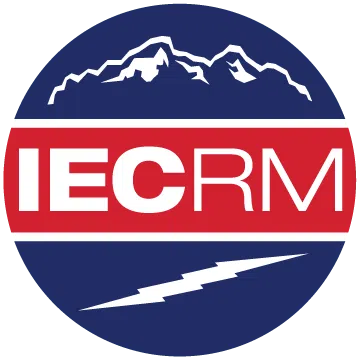INSPECTOR PERSPECTIVE

IECRM contractors, NECA members, and state and local electrical inspectors recently held their monthly meeting to discuss National Electrical Code issues, interpretations, and implications for inspectors who assist electrical contractors in multiple jurisdictions in Colorado.
IECRM wants to help keep their electrical contractor members informed so we post the field problems and updates that were discussed in each meeting.
Field problems & updates:
Question-Are jurisdictions allowing system grounding to be established in a meter disconnect?
Answer-In past discussions, the consensus was made that system grounding cannot be done in an enclosure that requires field marking stating “METER DISCONNECT NOT SERVICE EQUIPMENT” as required by NEC 230.82 (equipment permitted to be connected to the supply side of service disconnect). That said, what is a meter disconnect? It is not a defined term and ultimately will be up to the AHJ to decide until it is a defined term. A disconnect listed as suitable for use as service equipment does not physically change whether it be placed on the line side or load side of a meter enclosure. However, the placement of the disconnect will come with varying AHJ opinions, and this is where consensus was not reached.
The consensus was reached when this is called a meter disconnect and permitted to be connected to the supply side of the service disconnecting means, grounding shall be done in accordance with part VII and bonding in accordance with part V of article 250. When it is called the service disconnect, grounding shall be done in accordance with part II and bonding in accordance with part V of article 250. Further agreement was made that an approved drawing indicating where system grounding is established could also serve as a disconnect delineation (rather meter or service disconnect).
Question-Do jurisdictions require existing electrode systems for a dwelling or building meet current NEC standards when a solar photovoltaic system is being interconnected on the supply side of the service disconnect as permitted by 230.82?
Answer-This has been a topic of debate now for quite some time, partially because up until the 2020 NEC cycle there was no specific section or code language on the proper grounding and bonding requirements for supply-side disconnects. That said with little guidance in the 2017 NEC cycle, the consensus was made that there is not much to back an AHJ requiring the existing electrode system to meet current standards. However, the 2020 NEC has addressed all the uncertainties with new article 250.25. Which states grounding and bonding requirements for supply-side disconnects shall be in accordance with 250.24. Article 250.24 requires the grounding of the intentionally grounded conductor to be done at any accessible point from the load end of the service conductors to the grounded conductor terminal bus in the service disconnecting means. This grounding connection, of course, is done through a connection of the electrode system via a grounding electrode conductor. This is where the group had consensus. With the adoption of the 2020 NEC the AHJ should require the existing electrode system to be brought up to current standards as it is required to ground the intentionally grounded conductor in supply-side disconnect per the 2020 NEC cycle, article 250.25.
